
Across the ancient world, dynasties offered vastly different experiences. While some fostered innovation and stability, others demanded endurance through war, oppression, or scarcity. This article explores ten ancient societies where life was relatively livable and ten where survival meant constant hardship.
Minoan Crete
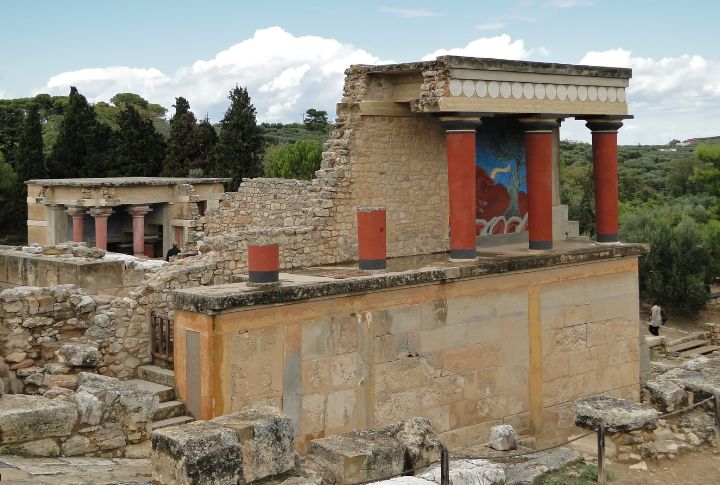
Minoan Crete was a peaceful Bronze Age civilization, likely the first significant naval power in Europe. With no standing army and little evidence of warfare, it thrived through trade and seafaring. Palaces boasted advanced indoor plumbing, while vibrant frescoes showed scenes of nature. Women held high social roles, reflecting a society that was progressive.
Han Dynasty (China)
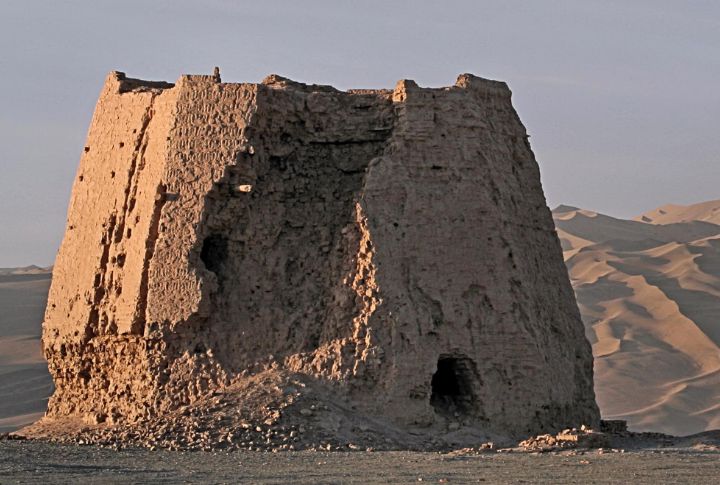
During the Han Dynasty, officials earned their positions through civil service exams based on merit rather than birth. Trade flourished on the Silk Road, which facilitated the exchange of goods and culture. Emperors also promoted Confucian ideals to maintain harmony. Together, these advances marked a golden age in Chinese history.
Gupta Empire (India)
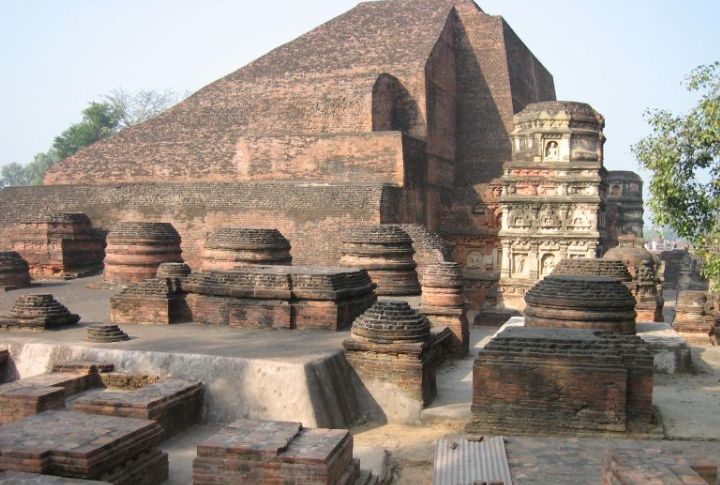
Urban peace and strong infrastructure laid the foundation for this golden age. Under the Gupta Empire, arts thrived, science advanced, and mathematics introduced zero. Medical knowledge also expanded to include surgical practices like plastic surgery. Even women played active roles in society, owning property and managing businesses—an era where stability nurtured brilliance in every sphere.
Ancient Egypt (Middle Kingdom)
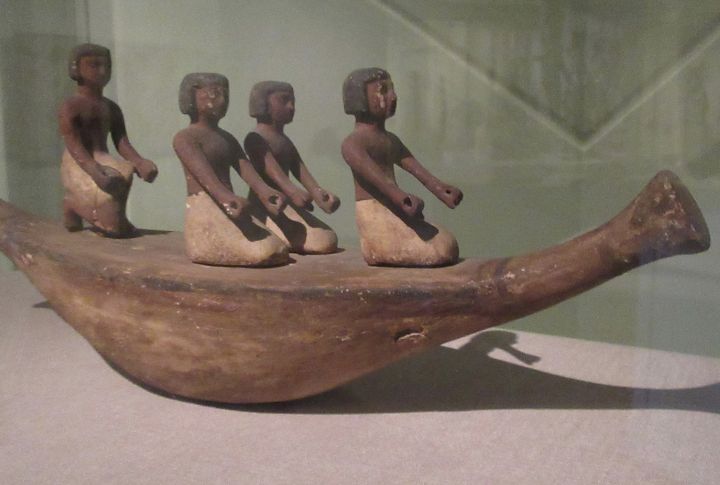
The Middle Kingdom of Ancient Egypt proves that a society can thrive through balance and foresight. With dependable Nile flooding, they fed their people and stored wisely for hard times. They respected labor and paid pyramid workers fairly. Besides that, the recreational activities, such as Senet, showcased cultural sophistication.
The Achaemenid Empire (Persia)
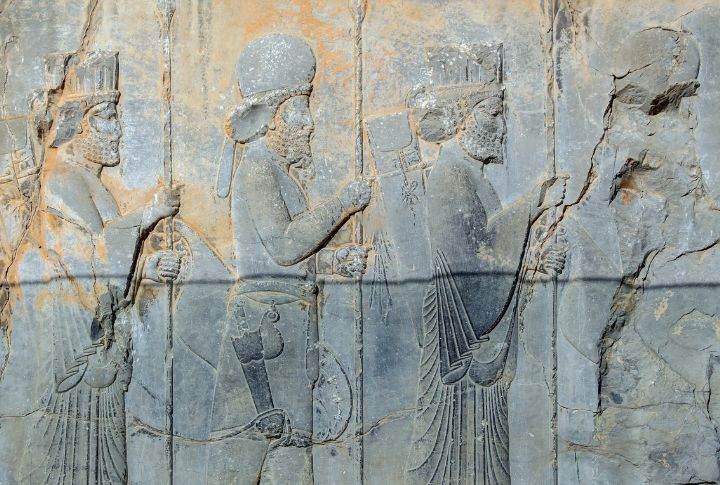
The Achaemenid Empire sustained administrative control across its extensive territory through the use of regional governors known as satraps. These officials managed local governance while respecting and preserving indigenous customs and traditions. This helped in promoting provincial stability. The regime furthermore upheld religious tolerance, allowing people across the empire to practice their faiths freely.
The Nabateans
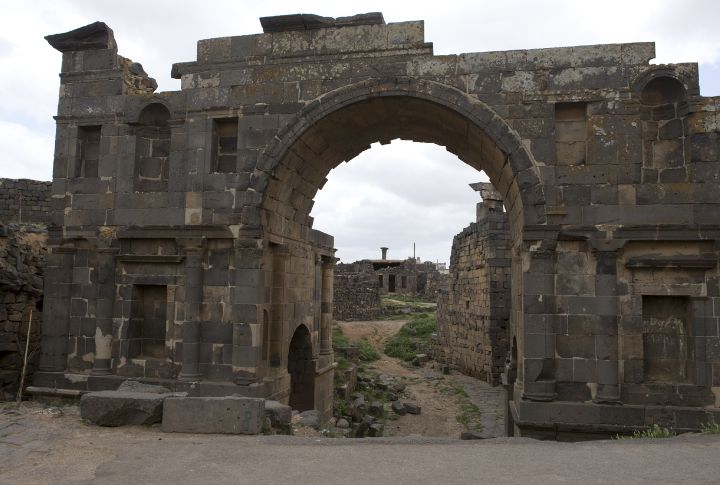
Petra, set amid cliffs, flourished due to Nabatean engineering, with dams sustaining life in the desert. Its rock-cut tombs and theaters showcase careful planning in those days. The city’s strategic position between Arabia and Egypt placed it on key trade routes. Doing so allowed control over goods like spices, which made it a wealthy commercial hub.
Sumer (Ur City-State)

The city-state of Ur stood at the heart of early Sumerian innovation, where cuneiform writing first took shape and one of the world’s earliest legal codes—the Ur-Nammu Code—was developed. Temple-linked schools trained scribes for both bureaucratic and religious duties. Beer, a daily staple, reflected their farming-based economy and close-knit social traditions.
The Hittites

The Hittites stood out for their legal reforms, which protected individuals, including women, a rarity at that period. They revolutionized warfare with chariots that enabled swift, overwhelming attacks on enemies. Their diplomacy was equally notable, as they signed the first recorded peace treaty with Egypt following the Battle of Kadesh. This marked a milestone in ancient international relations.
Maurya Empire (Ashoka’s Reign)
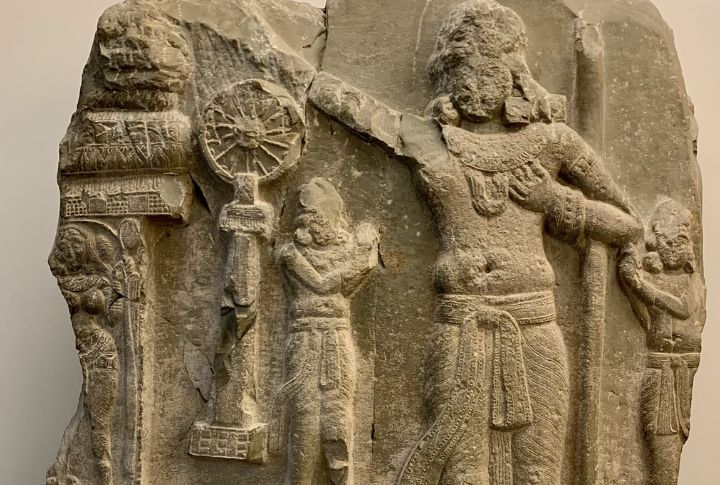
During the Maurya Empire, Ashoka embraced nonviolence after the Kalinga War, promoting welfare and compassion. His reign was marked by the construction of roads that featured rest stops along major routes. Rock edicts shared moral teachings, and religious tolerance became state policy. Remarkably, animals also received legal protections.
Carthage
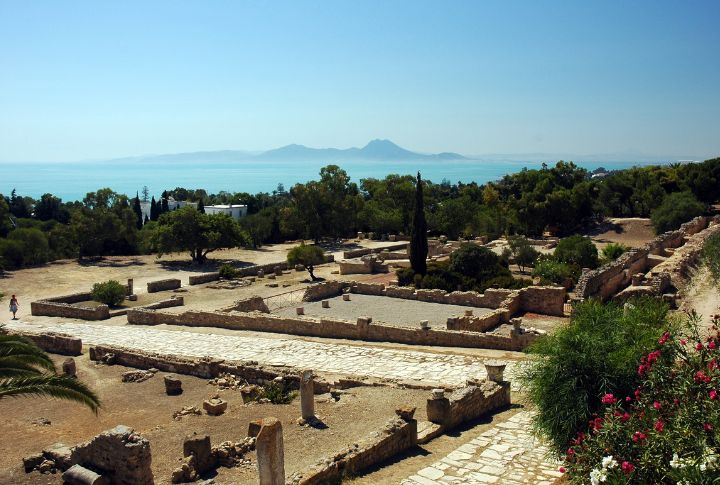
Thriving on the Mediterranean trade, Carthage developed a prosperous economy and advanced urban planning, incorporating adequate sanitation. Its prized purple dye enriched the city, while a dual-level harbor managed commerce and fleets. In this civilization, children learned multiple languages, which portrays its cosmopolitan society shaped by trade, migration, and contact with other cultures.
Not all ancient cultures offered stability or growth. The following ten show how war, harsh laws, or brutal climates turned daily life into a constant struggle.
Sparta

At the heart of ancient Greece, Sparta built its society around warfare, which mandated lifelong military training for men. Boys entered the harsh agoge system at age seven—a state-run survival and combat school. This system even encouraged stealing. Spartan women, though living under constant threat of violence, enjoyed rare freedoms like owning property and public presence.
Assyrian Empire
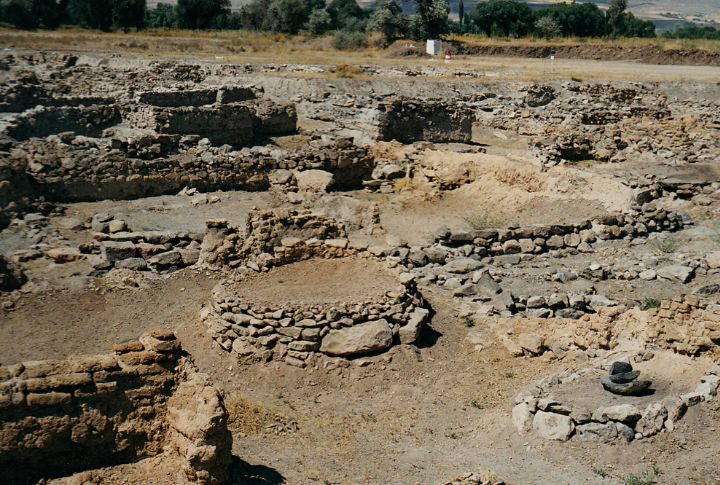
Using mass deportations to suppress uprisings, the Assyrian Kingdom maintained control by terror and relentless warfare. Fear was a tool of governance, with kings glorifying violence via lion hunts and stone reliefs depicting massacres. Though they preserved knowledge in libraries, their society was defined by intimidation and constant conquest.
Aztec Empire
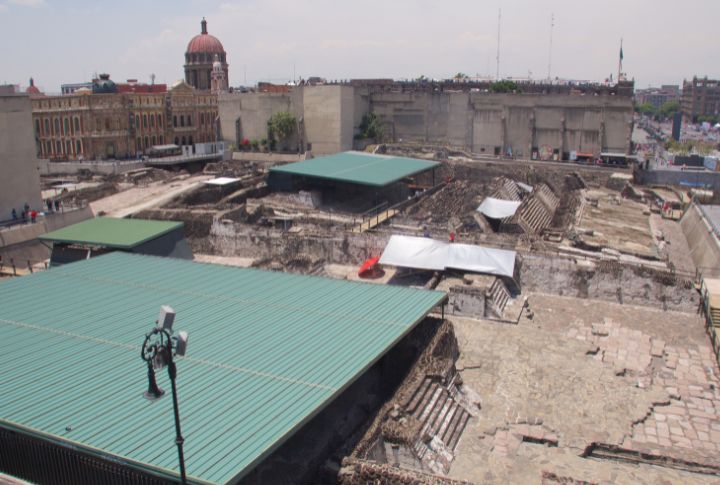
Known for its rigid control and militarism, the Aztec civilization ruled central Mexico through force. Conquered cities paid heavy tribute, and human sacrifice was a central aspect of both religion and politics. This harsh rule bred resentment among people, which weakened the power from within and contributed to its fall during the Spanish conquest.
Ancient Maya
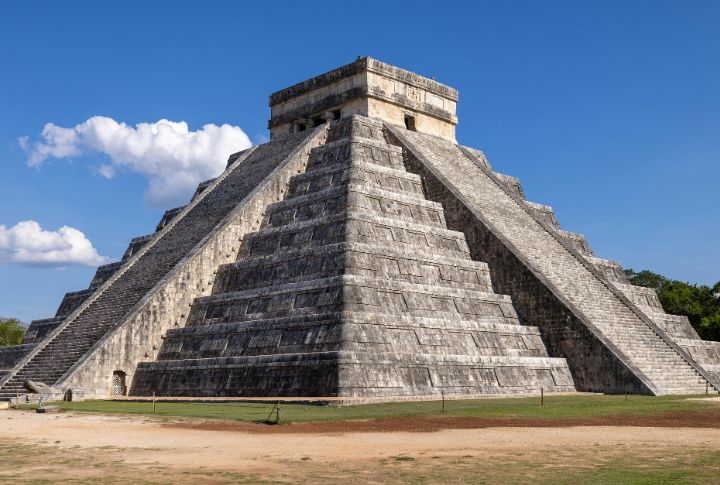
The Ancient Maya, known for elite skull shaping and using cacao as currency, also developed complex calendars and advanced astronomy. However, frequent warfare between city-states and repeated droughts led to severe food shortages. Ironically, despite their brilliance, they never secured a sustainable water supply—an issue that may have hastened their decline.
Ancient Rome (Late Empire)
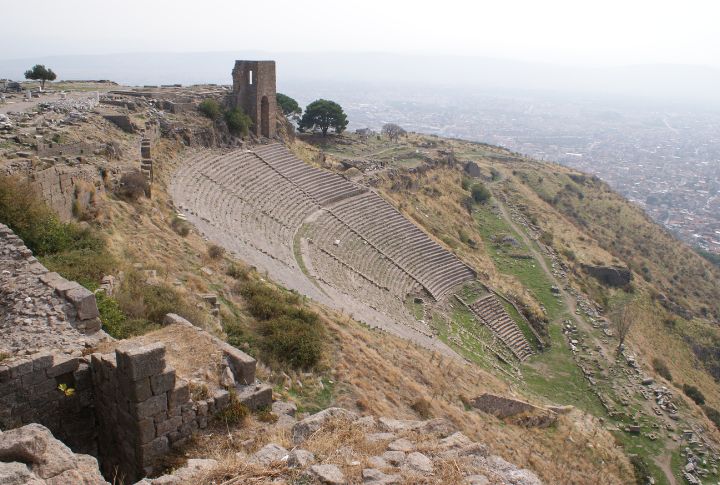
As the Late Empire waned, Rome plunged into chaos. Civil wars erupted one after another, with deadly plagues turning once-thriving cities into ghost towns. Gladiators clashed for honor, and emperors rarely lived long, often falling to assassins and conflict. On the streets, the poor lined up for grain, their only hope in a crumbling world.
Babylon (Early Period)
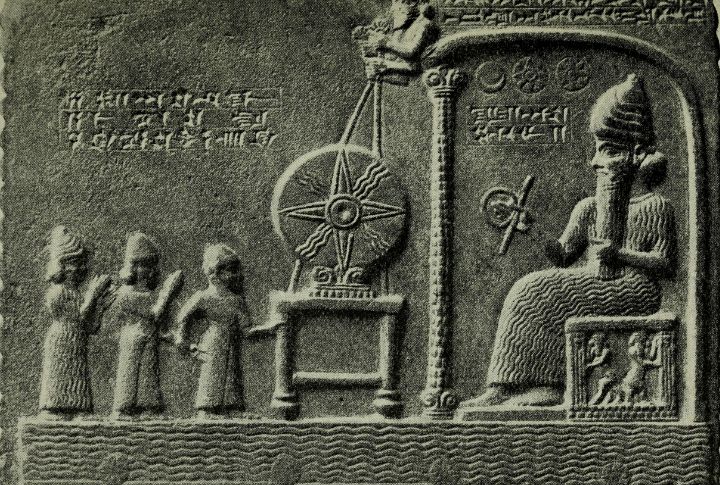
In early Babylon, daily life unfolded under strict legal control despite the city’s growing cultural power. The Code of Hammurabi enforced harsh punishments, even for minor offenses, and shaped a society where class determined rights. Moreover, fixed wages and regulated trade reflected a legal system that reached deep into both public and private spheres.
Inca Empire

Life under the Inca regime presented significant challenges, primarily due to the harsh geography and climate. Most inhabitants lived in the high Andes Mountains, where the thin air and steep terrain made agriculture and construction difficult. Additionally, the absence of written languages meant that administering the vast kingdom depended heavily on oral communication and messengers.
Viking Age Scandinavia
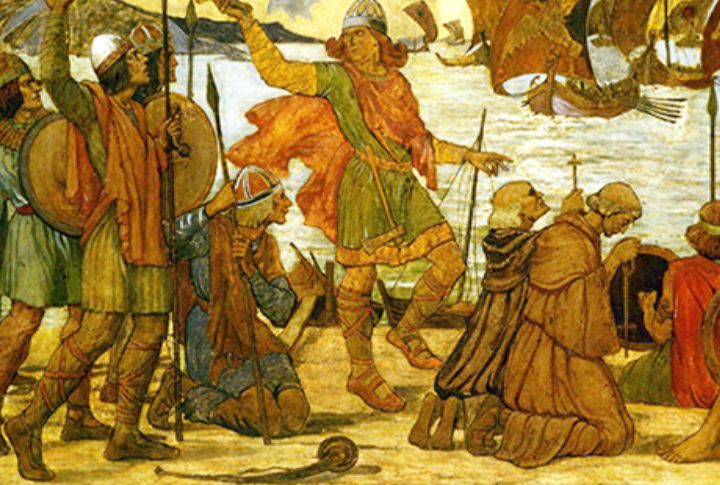
Harsh climates and rugged land made survival difficult in Viking Age Scandinavia, where cold weather and poor soil made it hard to grow enough food. Frequent warfare and raiding, driven by scarce resources, further threatened stability. Yet despite these hardships, women could divorce and inherit, ship burials were grand, and sagas preserved their rich culture.
Medieval Khmer Empire
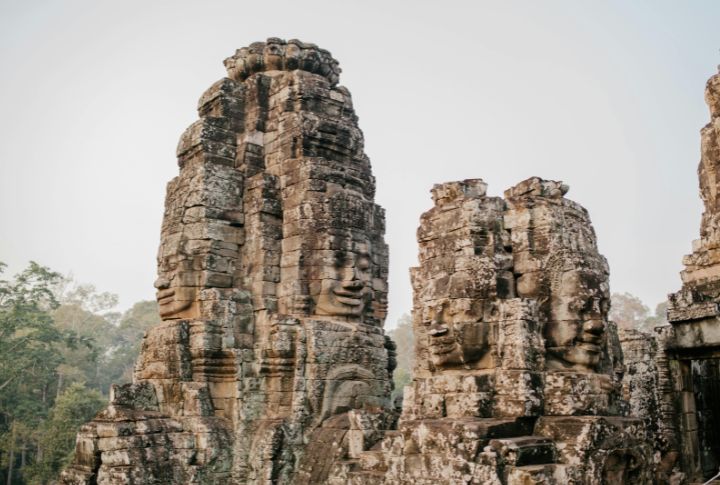
A vast labor force, including drafted peasants, enabled the medieval Khmer Dynasty to build Angkor’s massive temples. Although it thrived through complex irrigation, the system eventually collapsed due to monsoon fluctuations, silt accumulation, and inadequate maintenance. These failures triggered famine and instability, contributing to the decline of this once-great Southeast Asian civilization.
Ancient Israel (Iron Age)
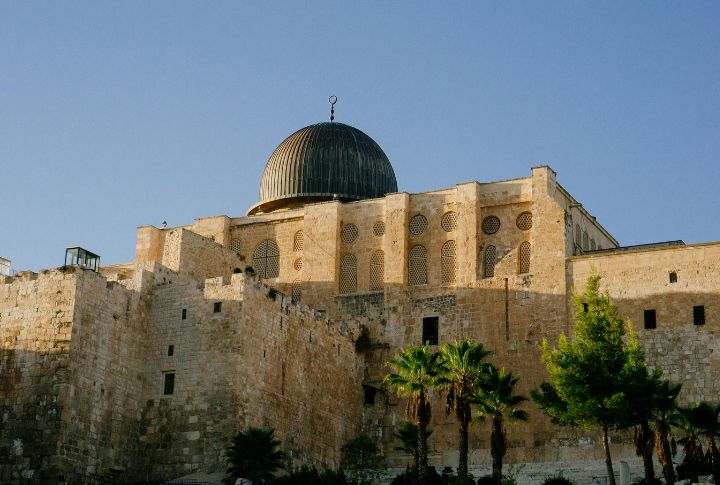
Constantly invaded by stronger rulers such as the Assyrians and Babylonians, ancient Israel during the Iron Age struggled to maintain political independence. Its economy depended heavily on agriculture, yet its reliance on unpredictable rainfall posed serious challenges. Despite external pressures and environmental hardships, the society developed a distinct religious identity that would endure through exile.

